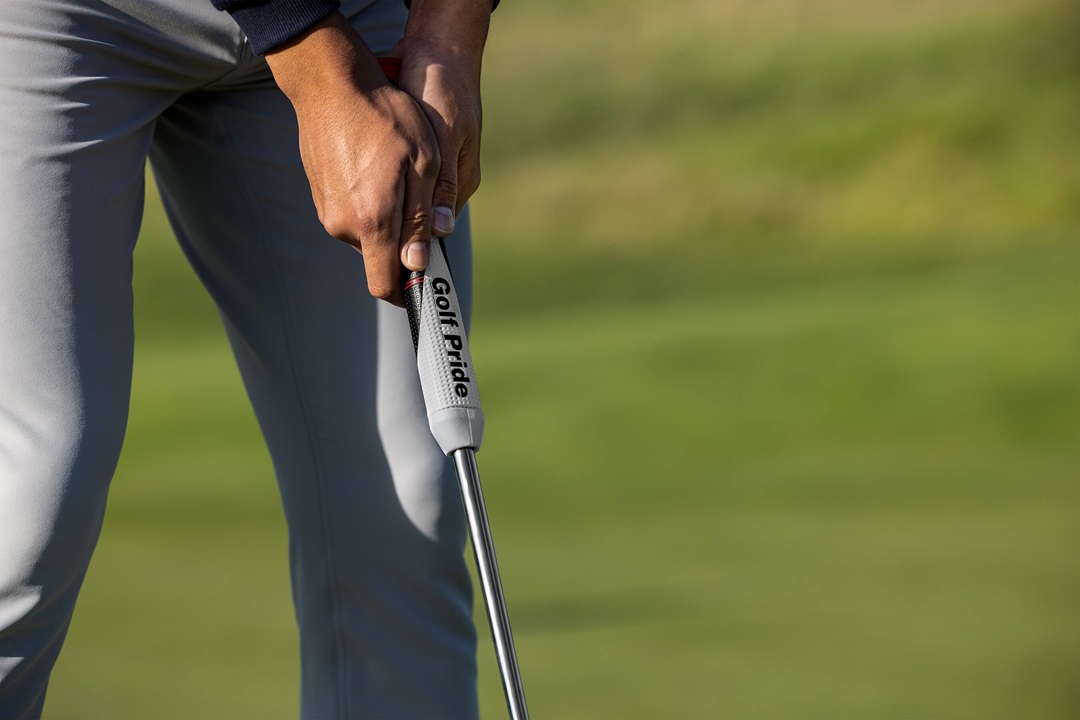I checked Google’s February report on my articles’ readership and popularity this morning. I discovered that my most well-received piece was about Golf Pride‘s Reverse Taper Technology golf grips.
However, I realized that I made a mistake—or they changed the launch date—in the article I published in September about the availability of the Reverse Taper putter grips.
To correct myself, the Golf Pride Reverse Taper putter grips will be available for purchase in Europe at retail and golf course locations starting March 4.
The grips will be available in the US starting April 15th; Golf Pride is sold everywhere.

Golf Pride‘s Reverse Taper is the second product in the company’s history to have been developed, designed, and tested at its state-of-the-art Global Innovation Center (GIC) in Pinehurst, USA.
Adjacent to the world-renowned Pinehurst No. 8, the GIC is the epicenter for all global consumer research, product design, and brand marketing activities.
It has come to my attention that the preceding article omitted certain relevant information about the product. I want to take this opportunity to provide the said information herewith.
Golf Pride Reverse Taper putter grip – extra details
Reverse Taper uses polyurethane to deliver the right softness, texture, and weight, enabling more consistency and confidence in golfers’ hands. The feel is soft yet responsive, with unique traction elements to help each hand control speed.
The grips feature a vibrant color palette, visual cues, and textures that help with finger placement, regardless of how a player likes to grip their putter.

Despite multiple sizes, each model’s weight maintains a balanced ‘sweet spot’ so golfers can sense the putter head throughout the stroke.
James Ledford, President of Golf Pride, says
“Within the putter grip category, we observed a trend in which manufacturers were actively trying to design products that removed the hands from the putting process, whereas our research indicates that by optimising the connection between the hands and grip, players can improve their performance.”
